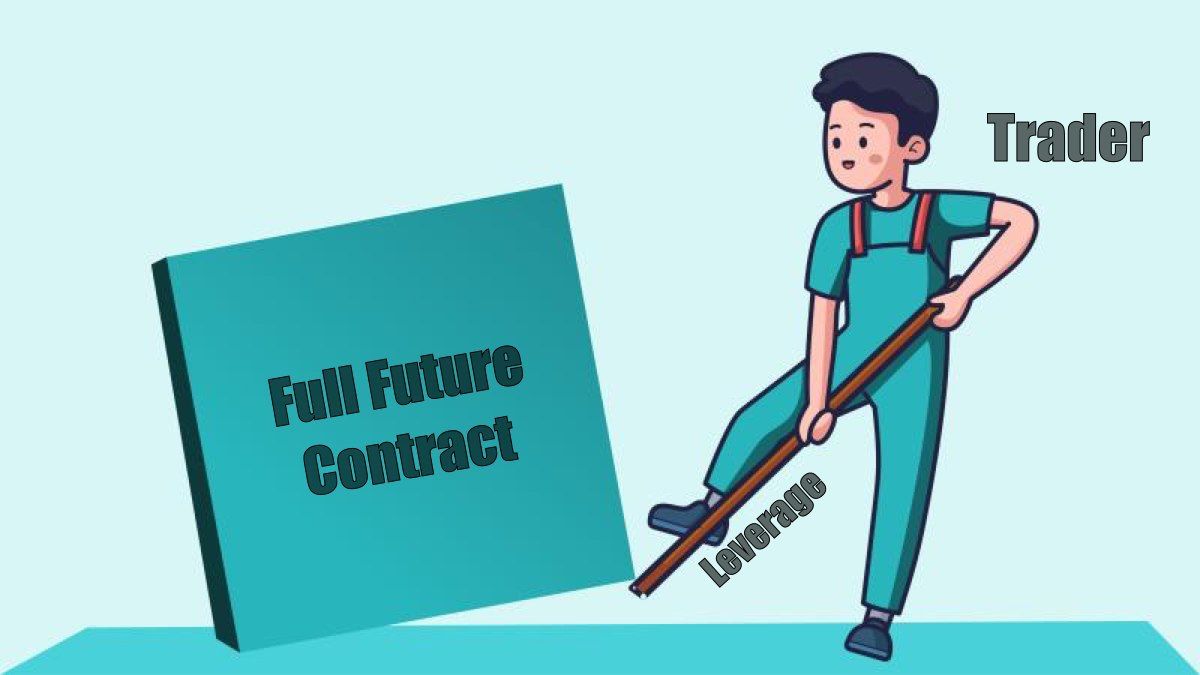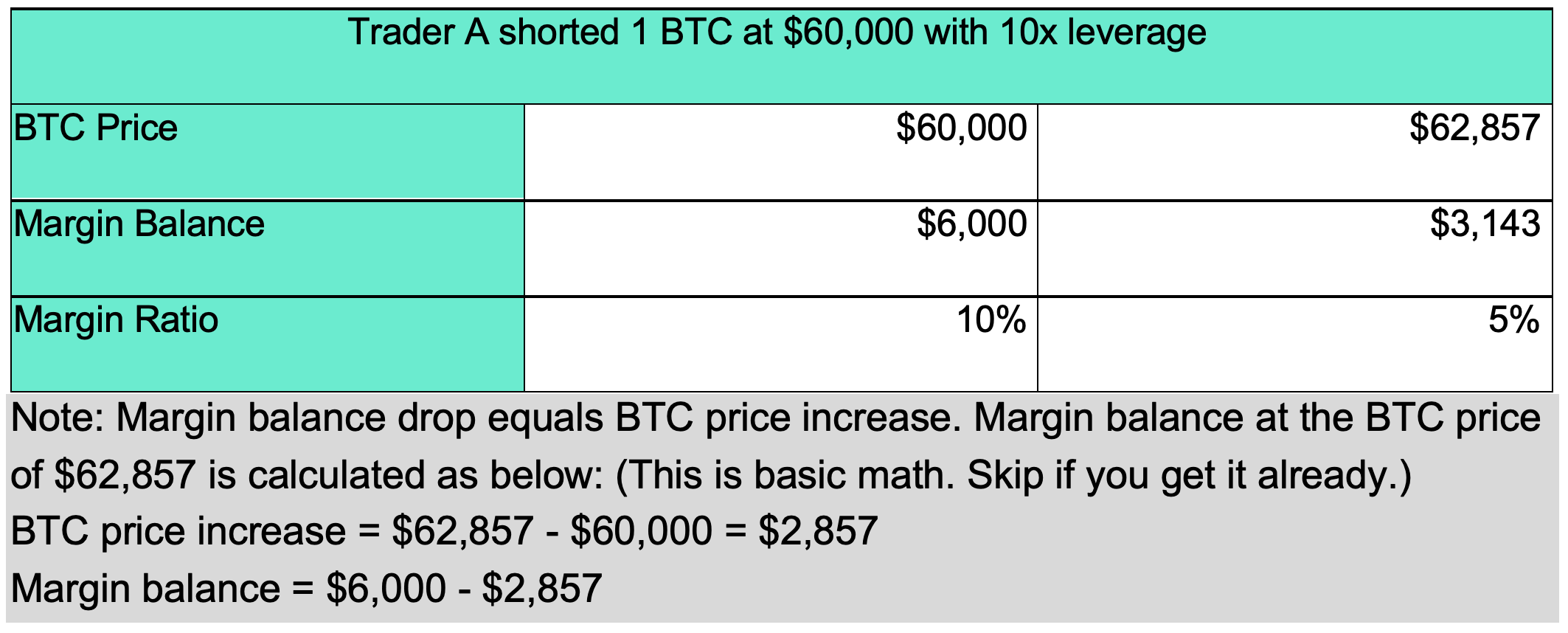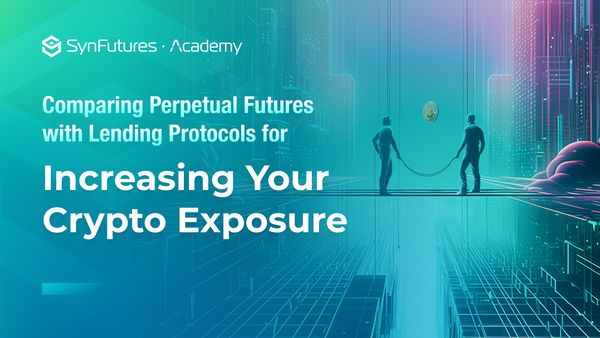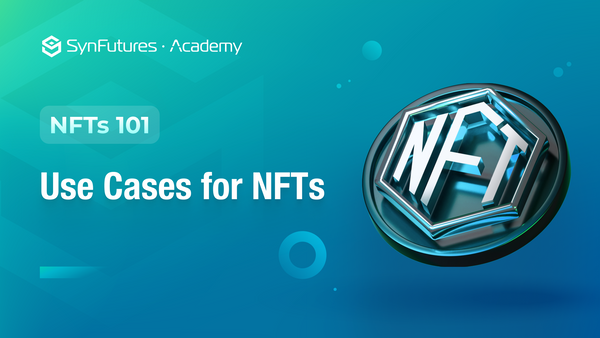Liquidation, partial liquidation and how to avoid it
Key takeaways:
- Liquidation in crypto means a trader’s leveraged position is forcefully closed due to the margin balance falling below the maintenance margin required by the exchange.
- Liquidation is a protection mechanism to prevent insolvent traders’ positions from falling into negative equity and to prevent solvent traders from suffering social losses or making less profit; It is also a mechanism for the system to maintain fair trading rules.
- Partial liquidation, which used to be only deployed by traditional finance and centralized leveraged crypto exchanges, is now possible in DeFi protocols.
- When traders are on the wrong side of the market, liquidation might happen. By applying leverage responsibly and monitoring the margin balance closely, traders would be able to extend the longevity of their trades and avoid being liquidated.
What is liquidation?

In the context of cryptocurrency, liquidation means a trader’s leveraged position is forcefully closed due to the trader’s margin falling short of the maintenance margin required by the exchange. If the trader can’t make up the margin requirement in time, the leveraged position is at the risk of liquidation. Liquidation happens in both futures trading and margin trading.
Let’s walk through a simplified example to get a more intuitive understanding of liquidation.
Trade A shorted 1 BTC at the price of $60,000 with 10x leverage. That meant the trader put down a $6,000 initial margin. The exchange had a maintenance margin requirement of 5%. BTC's price increased to $62,857. Correspondingly the trader’s margin dropped to $3,143, right the maintenance margin of 5%. If BTC price continued to increase, and the trade didn’t add margin in time, the trader’s position would be liquidated. The liquidation process is automatic and involuntary.

Crypto trading happens 24/7 with volatile prices. Therefore, liquidation can happen quickly if the trader uses high leverage in trade, leaving the trader with no time to add margin to keep the position afloat. In contrast, low amounts of leverage are more liquidation-proof. It’s important to know your limits before making leveraged trades.
Is liquidation bad?
Maybe? And maybe NOT!
Liquidation is a system-wide protection mechanism for the benefit of all traders, in the scenario where a small number of accounts becomes insolvent or close to insolvent, posing risks to the rest of solvent accounts. In an ideal world where all accounts have sufficient margin or voluntarily stop loss once close to insolvent, there is no need for liquidation. However, in both the real-world financial markets and crypto markets, a transparent and smooth liquidation mechanism remains a crucial pillar. A liquidation mechanism, similar to the justice system, is to protect the rules by which fair trades are made and profits are generated.
Full liquidation and partial liquidation
Before looking at the details of full & partial liquidations, let’s re-look at the example above to see how the two mechanisms work.

So, trader A was about to be liquidated. For full liquidation, trader A’s position will be fully closed, and the remaining margin of $3,143 would be rewarded to the liquidator (amid penalty). In this case, the liquidator would be required to provide the initial required margin for the position. Suppose the exchange’s initial required margin is 10%, then the liquidator would need to provide a $6,286 margin to take over trader A’s position of 1 BTC short position.

For partial liquidation, trader A’s position would not be fully closed, but instead partially closed. The position would be reduced to a level where the remaining margin was large enough to meet the exchange’s required initial margin. Amid penalty again, trader A’s position would be reduced to 0.5 BTC short position.

In both traditional financial markets and centralized exchanges, liquidations are normally handled by executing trades in the market to partially reverse the position of an account falling below its maintenance margin requirement. (Refer here for BitMex’s liquidation process: https://www.bitmex.com/app/liquidation ) The difficulty of this partial liquidation approach in DeFi is the availability of a counterparty.
In DeFi, the liquidator takes over the position of the liquidated account and provides the required initial margin at the current price. After successful liquidation, the liquidator will receive the balance of the maintenance margin of the liquidated account as a reward. This approach has no market impact as the only change to the system is the extra margin provided by the liquidator. However, a liquidator willing to provide such margin and take over a risky position might not always be available. Thus, full liquidation is desired when such a liquidator appears.
With the invention of AMM, partial liquidation becomes possible in DeFi. For example, SynFutures, a leveraged trading DEX, deploys the Automated Liquidator Approach (ALQ) to do partial liquidation. Accounts that need to be liquidated can be triggered to trade with the ALQ, or the respective AMM to partially reduce their positions to meet margin requirements. In this approach, liquidation would have some market impact, similar to the traditional financial markets and CeFi exchanges. Compared to the conventional DeFi approach, this approach hugely reduces the entry barrier for liquidation as it only requires an initiator to send a transaction to the smart contract, without providing any margin or taking any risky positions.
How to avoid liquidation
Liquidation is a protection mechanism for both the traders and the system. Yet traders don’t want to find themselves on the wrong side. There are basically two approaches to avoid getting liquidated.
- Apply leverage more responsibly: High leverage may indeed lead to major wins, but it magnifies the losses in the same amount. Leverage has a significant impact on the longevity of a trade. While it might be enticing to use large leverages, a lower leverage will always be a safer route. For example, a 20x leverage will only need a 5% price move in the opposite direction to completely wipe the position, while a 2x leverage is much less sanative to price corrections, requiring a 50% price move in the opposite direction to eliminate the position. It is important for traders to know how much they are willing to lose before deciding the amounts of leverages.
- Monitor margin balance closely: Liquidation can happen very quickly or slowly, depending on the leverage applied. It’s always wise for traders to monitor their margin ratios during price swings. When the margin ratio hits the maintenance ratio, the position will be liquidated. To avoid this happening, traders can add more margin to the position and reduce the leverage applied. Adding more margin to a position is similar to initiating a position with less leverage, other than that actively managing the margin is a dynamic process that can last throughout the trading process.
Discover SynFutures' Crypto Derivatives products: www.synfutures.com/.
Disclaimer: SynFutures Academy does not guarantee the reliability of the site content and shall not be held liable for any errors, omissions, or inaccuracies. The opinions and views expressed in any SynFutures Academy article are solely those of the author(s) and do not reflect the opinions of SynFutures. The SynFutures Academy articles are for educational purposes or information only. SynFutures Academy has no relationship to the projects mentioned in the articles except for SynFutures, and there is no endorsement for these projects. The information provided on the site does not constitute an endorsement of any of the products and services discussed or investment, financial, or trading advice. A qualified professional should be consulted prior to making financial decisions.




